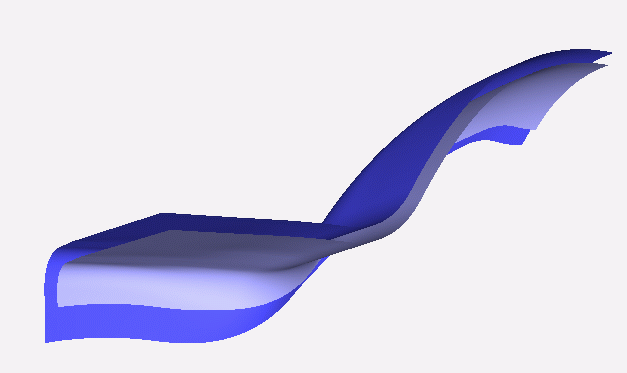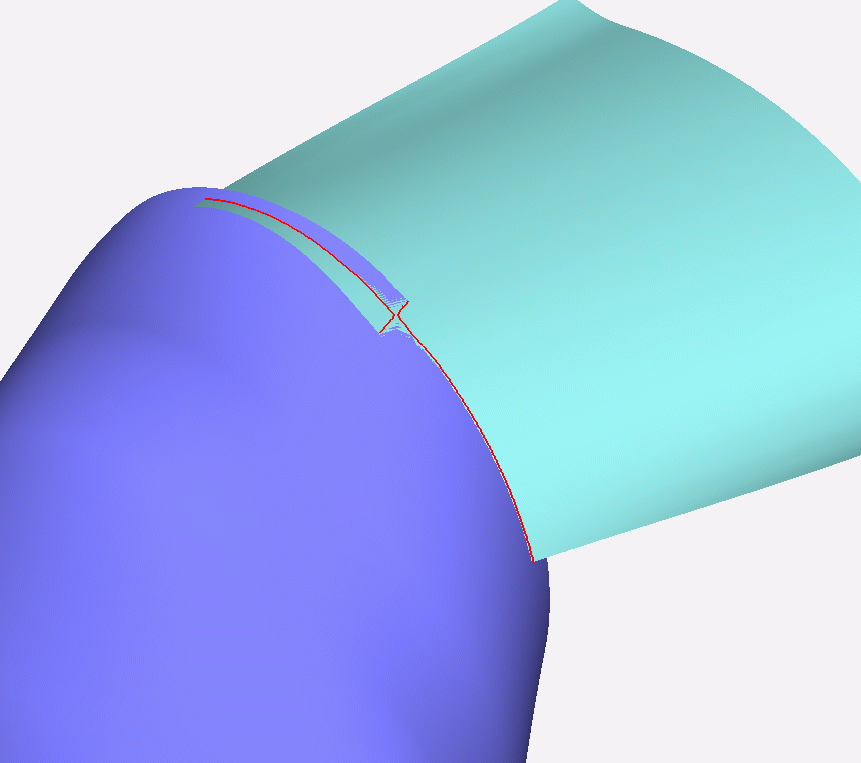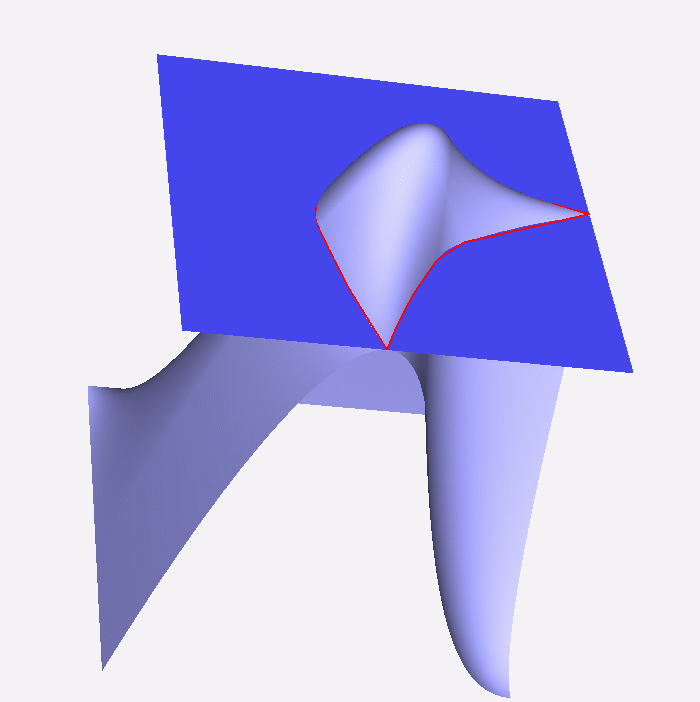You are here:
Computational Geometry
/
Projects
/
GAIA
/
Intersections in CAD
/
Intersection challenges




